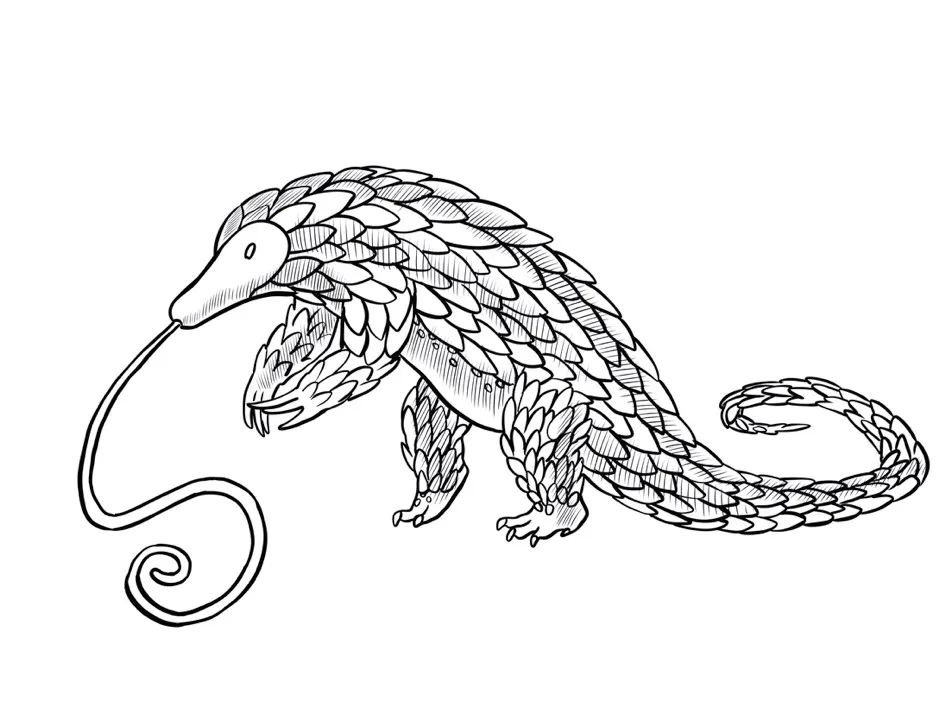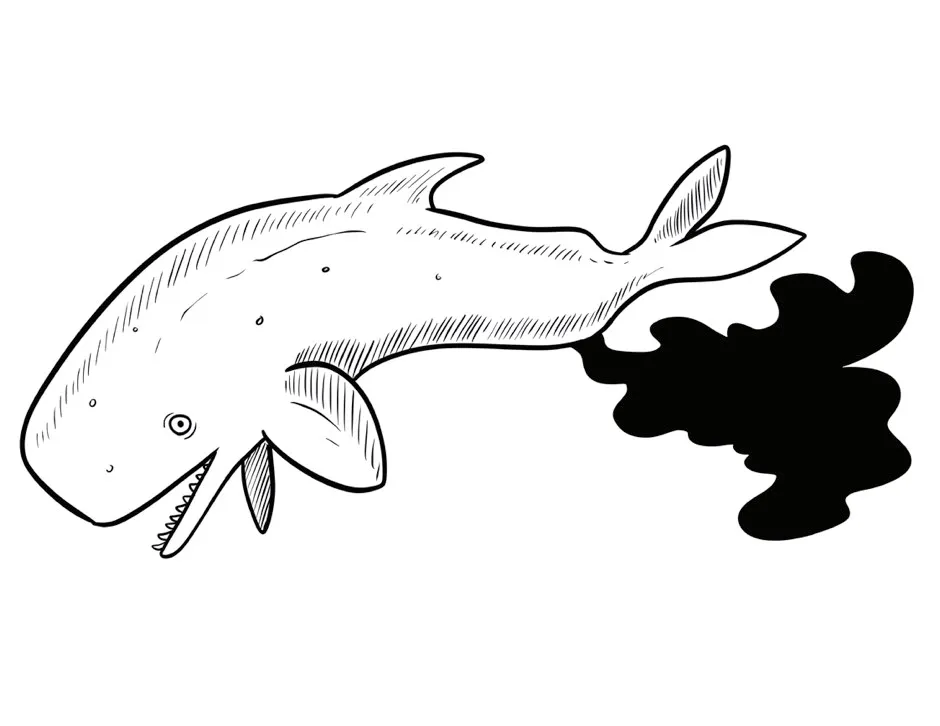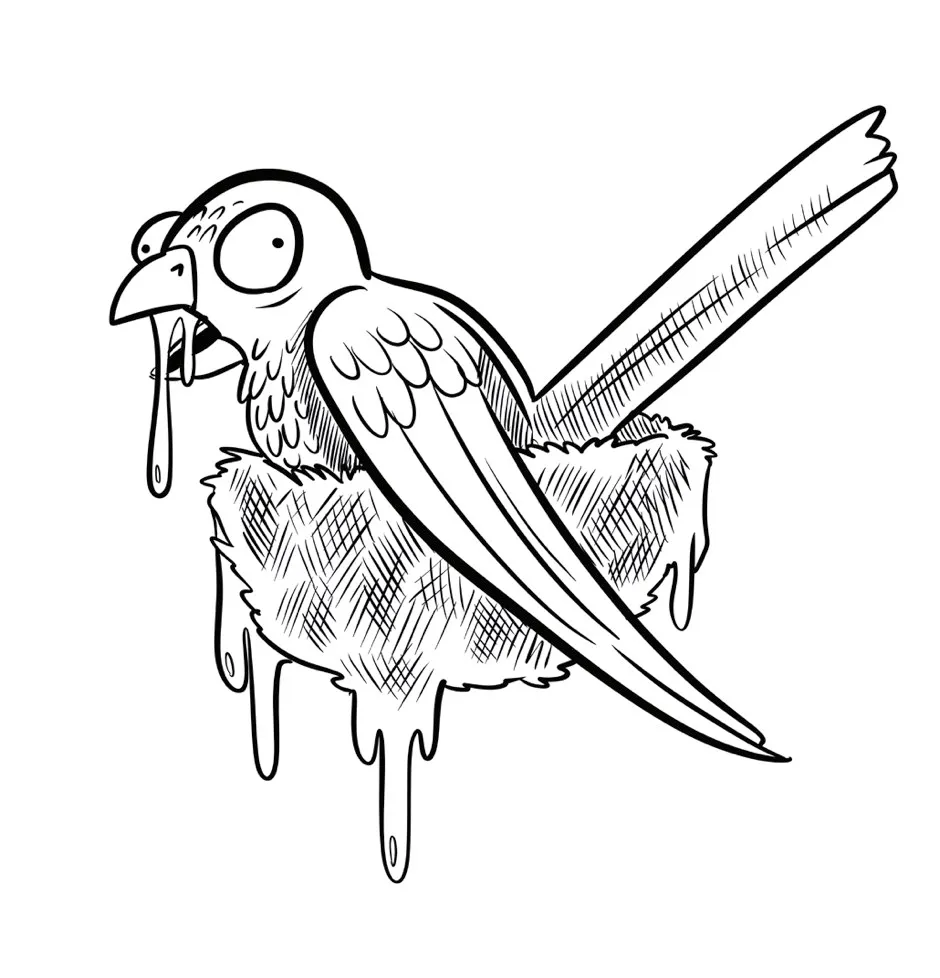The animal kingdom is filled with deliciously slimy animals, oozing goo and saliva for all sorts of purposes. For example, cushion stars cover themselves in 7cm of mucus to protect themselves from predators, and hippos produce an antiseptic ‘sweat’ that changes colour to help protect them from the Sun.
There are plenty more gooey facts in Believe it or Snot, the new book from Nick Caruso and Dani Rabaoitti, who have previously thrilled us with such treats as Does it Fart and True or Poo. You’ll have to flick through the book to find out which is the gunkiest, sludgiest, gloopiest creature on the planet, but until then, these 3 slimy animals should have you rushing for the soap.
Read more weird and wonderful animal facts:
- Weird science: six unusual studies on our favourite livestock
- 40 side-splitting photos from the Comedy Wildlife Photography Awards 2019
- 9 animals named after rock bands
1
Pangolins
Scientific name (Family): Manidae
The pangolin is a pretty unusual species of mammal in that it is covered in scales made of keratin, leading them to strongly resemble a walking pine-cone.
There are 8 species of pangolin, family Manidae, 4 of which are found in Asia and 4 of which are found in Africa. Sadly, however, the pangolins’ scales have meant that numbers have been falling rapidly, as they are used in traditional medicines.
This has led to the pangolin being widely reported as the most trafficked mammal. Conservation organisations worldwide are working to stop the illegal trade in pangolin scales.

You might think that keratin scales don’t sound particularly slimy, and you would be right. However, these animals do have an unusually sticky trick up their sleeve (well, mouth) – a very long sticky tongue.
Pangolin saliva contains compounds that make it especially sticky, and their tongue can reach up to 70 cm long in the giant ground pangolin, Smutsia gigantea – that’s a lot of saliva.
Why the long tongue? Well, pangolins feed almost exclusively on ants and termites. Their long tongues can probe deep into ant nests and termite mounds, and their viscous saliva means the ants stick to their tongue with no hope of escape. Pangolins can consume tens of thousands of ants a day in this way!
2
Pygmy sperm whales
Scientific name (Species): Kogia breviceps
The pygmy sperm whale (Kogia breviceps) is a small species of whale that only grows to about 11 ft (3.3m) in length. Although they are found throughout the Atlantic, Pacific and Indian Oceans, they are very elusive and rarely sighted at sea, so most scientific findings come from looking at dead whales that wash up on beaches.
They are assumed to be about as slimy as most other whales apart from one particular trait. Pygmy sperm whales, along with their close relative the dwarf sperm whale (Kogia sima), release a red-brown cloud into the water when startled or hunting.
Previously described by scientists as ‘ink’ or (more … vividly) ‘anal syrup’, the liquid collects in a sac off the colon, and it is assumed by many to confuse predators and prey alike.

It was initially believed by scientists in the 1900s to be ‘derived from the sepia of the ink-sacs of the cuttles (cuttlefish) on which the cetacean (that’s a whale or dolphin) had fed’. They noted that the liquid ‘left a dark, sepia coloured mark’ when smeared on the pages of their notebooks.
Science has come a long way since describing smeared animal bodily fluids, and today it is more widely believed to be made up, at least in part, of faeces. This might be why a number of marine biologists described dead pygmy sperm whales as ‘the second foulest smell they have ever had the misfortune of encountering’ (after a dead leatherback turtle).
No chemical analysis on the anal syrup has been reported in the scientific literature to date, so the mystery on the contents of the pygmy whale’s colon sac remains unsolved. Any volunteers?
3
Swiftlets
Scientific name (Genus): Aerodramus
Most birds either build a nest out of twigs, feathers and other materials, or lay their eggs on the bare ground or rocks. However, for many swiftlets (genus Aerodramus), a type of small, fast-moving bird, that proves a little tricky, as they live in caves with steep vertical walls and very little nesting material.
A number of swiftlet species, including the edible-nest swiftlet, have evolved a very gooey method of dealing with the inhospitable nature of these caves – they build their nests out of saliva!

If we were to lick a rock for weeks on end all we would end up with is a very sore tongue, but for the female swiftlets this is how they construct a safe place to raise their offspring. Around the breeding season the swiftlet’s salivary glands become enlarged and increase saliva production.
For up to a month, the female then flies back and forth placing these saliva strands onto the rock’s surface, where they dry, and works her way along until she has constructed a nest about the size of a teacup, resembling half a bowl stuck onto the wall, in which to lay her eggs.
These nests are prized in China as an ingredient in bird’s nest soup, where the nests are removed (when there aren’t eggs in them!) and boiled in water to form a gelatinous soup that has been enjoyed for over 400 years.
Believe It Or Snot byDani Rabaiotti and Nick Caruso is out now (£9.99, Quercus)

